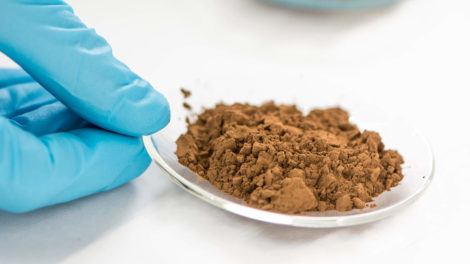Lignosulfonate can be used as a binder in various applications due to its adhesive properties. As a binder, lignosulfonate helps hold particles or materials together, improving cohesion and strength. Here are a few examples of how lignosulfonate can be used as a binder:
- Animal Feed: In the production of animal feed pellets, lignosulfonate can act as a binder to hold the feed ingredients together. It improves the durability of the pellets, preventing them from breaking apart during handling and transportation.
- Coal Briquettes: Lignosulfonate can be added to coal fines during briquette production. It acts as a binder, allowing the coal particles to adhere to each other and form solid briquettes. This improves the handling, transportation, and combustion characteristics of the coal.
- Ceramic and Refractory Products: Lignosulfonate can be used as a binder in the manufacturing of ceramic and refractory products. It helps to hold the ceramic or refractory particles together, allowing them to maintain their shape and strength during processing and firing.
- Pelleted Seeds: Lignosulfonate can be used as a binder in the production of pelleted seeds. It helps to bind the seed particles together, creating uniform-sized pellets. This facilitates proper seed placement and improves germination rates.
- Wood-based Panels: Lignosulfonate can be used as a binder in the production of wood-based panels, such as particleboards and fiberboards. It helps to bind the wood particles or fibers together, forming a strong and stable panel.
It’s important to note that the specific formulation and concentration of lignosulfonate as a binder can vary depending on the application and requirements of the end product. Manufacturers typically provide guidelines and recommendations for proper usage of lignosulfonate as a binder in different industries and applications.

